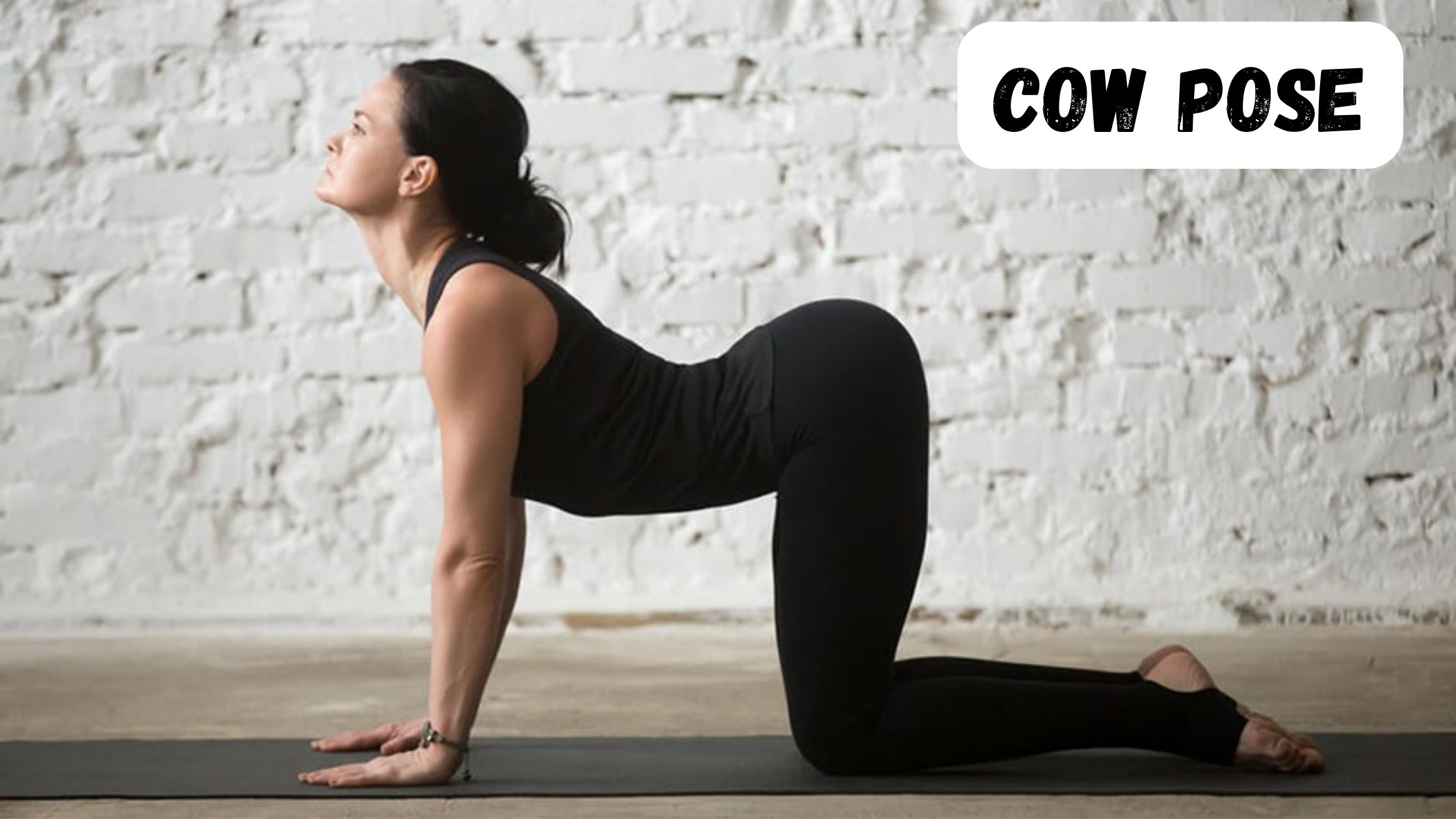
Cow pose, also known as Bitilasana in Sanskrit, is a simple yet effective yoga posture that is often performed in combination with Cat Pose (Marjaryasana) as part of a flowing sequence. The pose gets its name from the gentle, graceful movements of a cow’s body as it moves through the fields.
Cow pose is an excellent way to warm up the spine and stretch the back, neck, and chest muscles. It can also help to improve posture and increase spinal flexibility. Additionally, it can be used as a gentle way to release tension and stress from the body.
Overall, Cow pose is a great addition to any yoga practice and can be easily modified to suit your individual needs and abilities. As with any yoga pose, it’s important to listen to your body and stop if you feel any pain or discomfort.
In yoga philosophy, Cow pose represents the embodiment of the qualities of the divine feminine. The pose symbolizes the nurturing and nourishing aspect of the mother goddess, who provides sustenance and support for all life. As you move into Cow pose, you can cultivate a sense of groundedness, stability, and receptivity, which are all aspects of feminine energy.
Cow pose also encourages us to be present at the moment and to connect with the rhythm of our breath. By focusing on our breath and the gentle movements of our body, we can become more aware of our thoughts and feelings, and learn to let go of any stress or tension that we may be holding onto.
In addition, Cow pose can help to balance the energy of the Manipura Chakra, located at the navel center. This chakra is associated with personal power, self-confidence, and the ability to manifest our desires. By activating the Manipura Chakra through the practice of Cow pose, we can tap into our inner strength and willpower and move forward with greater clarity and purpose in our lives.
Overall, the philosophy of Cow pose invites us to embrace the qualities of the divine feminine, cultivate a sense of presence and awareness, and tap into our inner power and potential.
Table of Contents
Here are the steps to practice Cow Pose
- Begin in a tabletop position, with your hands and knees on the ground. Your hands should be shoulder-width apart and your knees hip-width apart.
- Ensure that your wrists are aligned under your shoulders and your knees are aligned under your hips.
- Take a deep inhale, begin to arch your spine towards the ceiling, pushing your belly towards the floor. Your head should be lifted towards the ceiling, but avoid crunching your neck.
- Draw your shoulder blades towards each other and allow your chest to open up.
- Hold the pose for a few breaths, breathing deeply and fully.
- To release the pose, exhale and slowly come back to a neutral tabletop position.
- You can repeat Cow pose several times, flowing between Cow and Cat Pose, to create a gentle, flowing sequence.
Tips for practicing Cow Pose
- Keep your neck in a neutral position and avoid straining your neck.
- Take deep breaths and focus on your breath to help you relax and release tension.
- Engage your core muscles to support your lower back and prevent compression.
- Gradually increase the depth of the stretch as you become more comfortable with the pose.
Benefits of Cow pose
- Improves spinal flexibility: Cow pose gently stretches the spine and back muscles, improving flexibility and mobility.
- Relieves tension in the back and neck: The pose helps to release tension in the back and neck, reducing pain and discomfort.
- Opens up the chest: Cow pose stretches the chest and lungs, helping to improve breathing and posture.
- Calms the mind: Practicing Cow pose can help to reduce stress and anxiety, promoting a sense of calm and relaxation.
- Stimulates digestion: The pose can help to stimulate digestion and relieve constipation.
- Increases energy levels: Cow pose can help to increase energy levels and reduce fatigue by increasing blood flow and oxygenation.
Precautions for Cow pose
- Avoid if you have a neck injury: Cow pose involves lifting your head towards the ceiling, so it’s important to avoid this pose if you have a neck injury or pain.
- Avoid if you have a back injury: If you have a back injury or pain, it’s important to avoid this pose or to only practice it under the guidance of a qualified yoga teacher.
- Listen to your body: Always listen to your body and avoid pushing yourself too hard. If you feel any pain or discomfort in the pose, come out of it and rest.
- Modify the pose as needed: If you have wrist pain or discomfort, you can modify the pose by using blocks or a folded blanket under your wrists.
- Move mindfully: Move slowly and mindfully through the pose, focusing on your breath and maintaining proper alignment.
- Avoid overstretching: Avoid overstretching your spine or neck, and don’t force your body into the pose. Gradually increase the depth of the stretch as you become more comfortable with the pose.
To know more about this posture join our upcoming 200 Hour Yoga teacher training in Rishikesh at Vinyasa Yoga Ashram.

